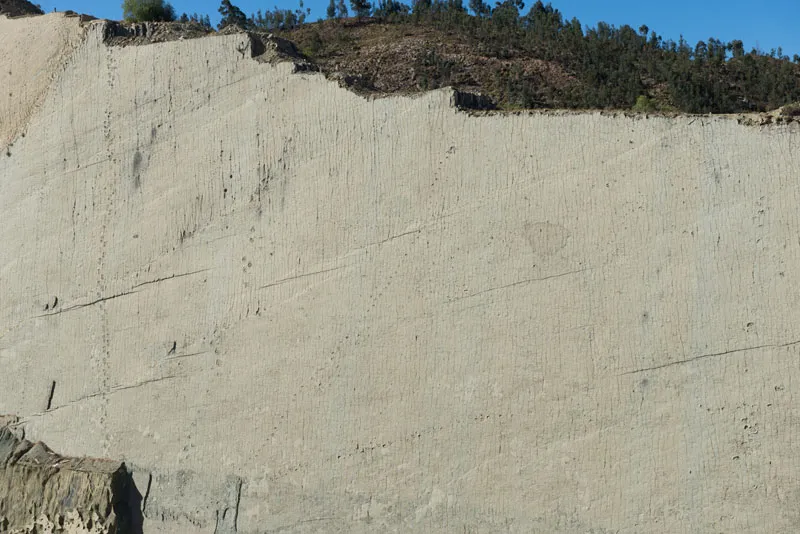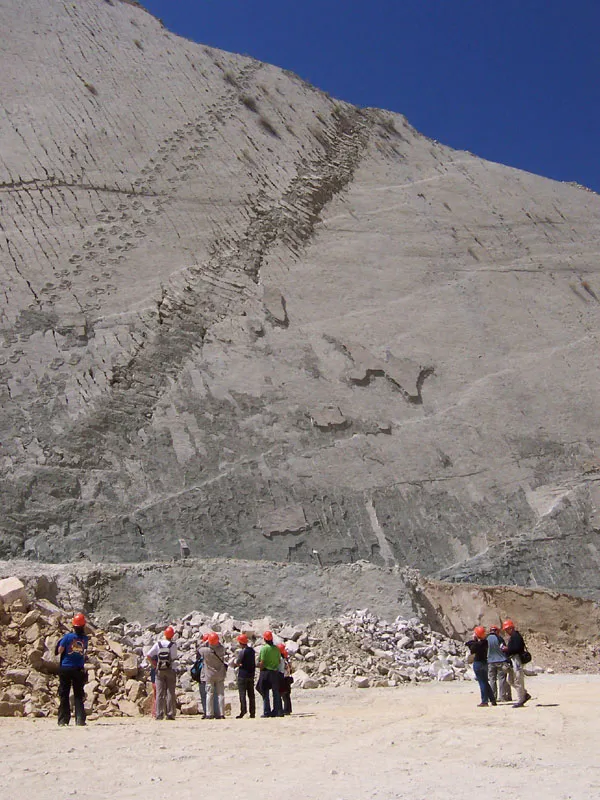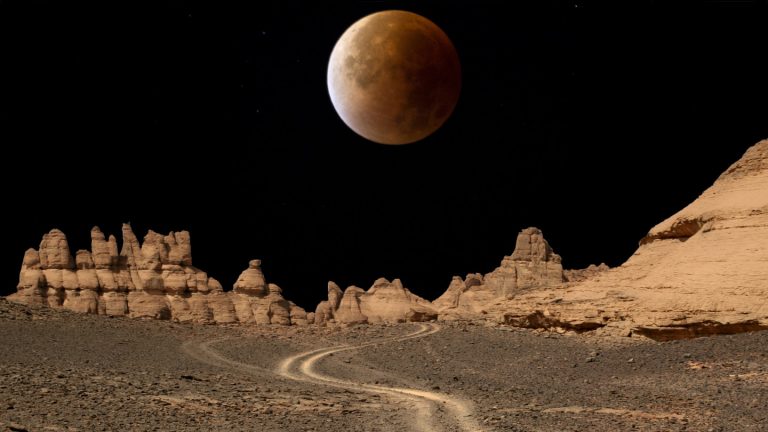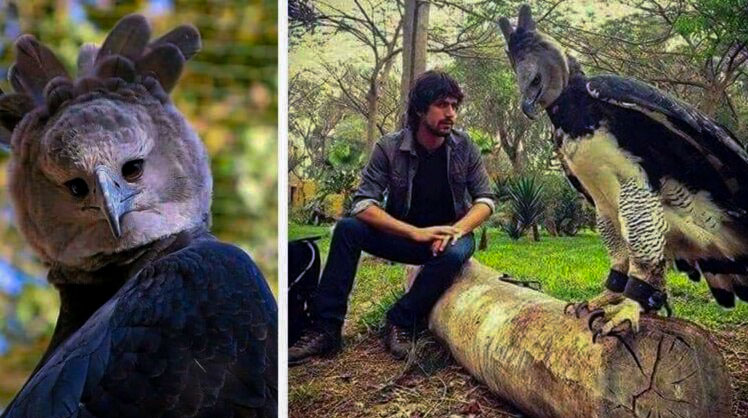This 300 ft Wall in Bolivia has over 5000 Dinosaur Footprints
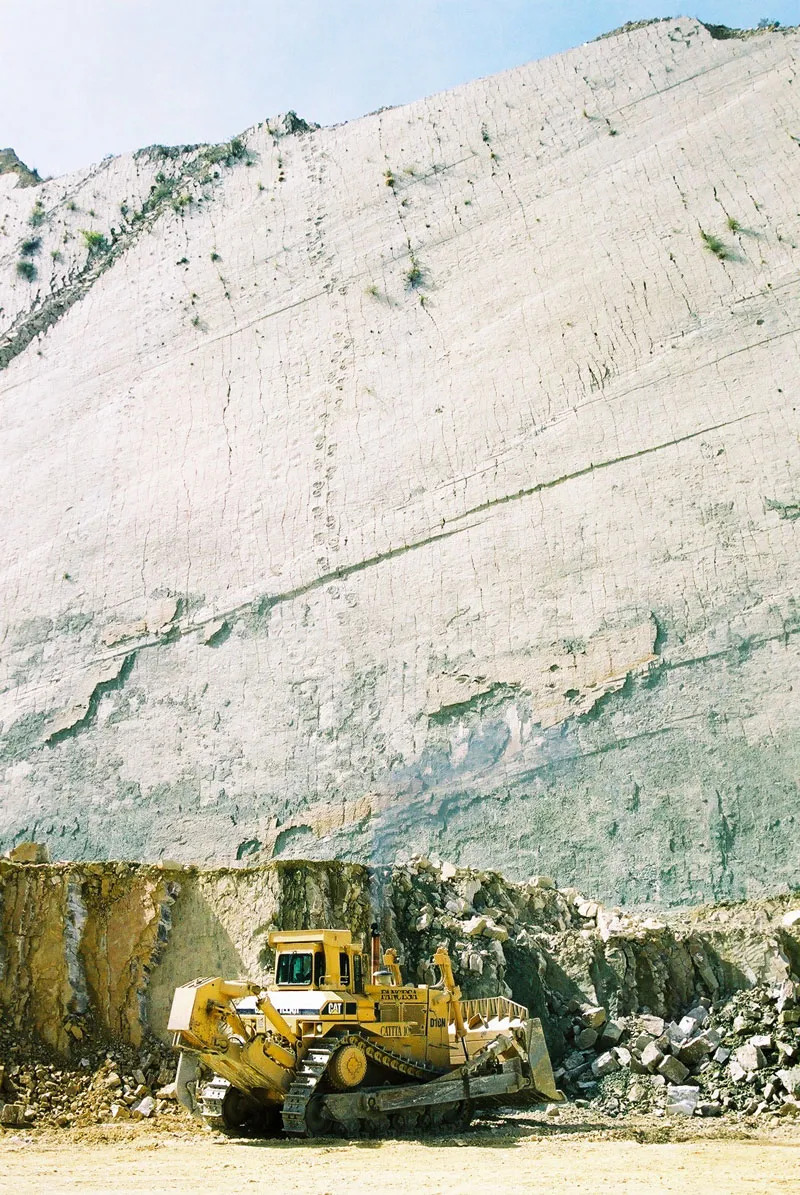
Cal Orko is an impressive limestone slab located just 5 km (3 miles) from downtown Sucre, Bolivia. This massive formation stretches 1.5 km (0.9 miles) long and stands over 100 meters (328 ft) high, with a steep incline of 72 degrees. Here, visitors can look back in time to when dinosaurs roamed the Earth over 68 million years ago.
At Cal Orko, you can see 462 distinct dinosaur tracks from at least 8 different species, totaling an astonishing 5,055 individual footprints. You might wonder how so many dinosaur footprints ended up on this nearly vertical rock face hundreds of feet high. Keep reading to find out!
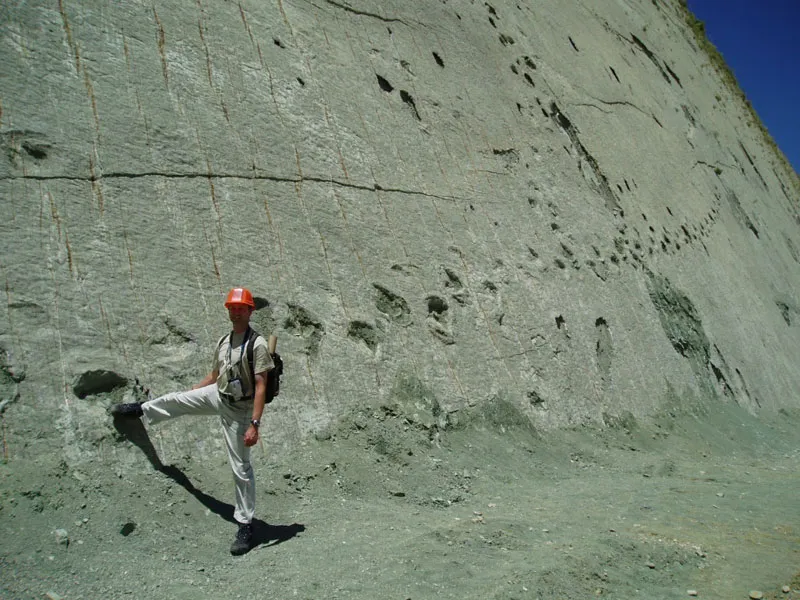
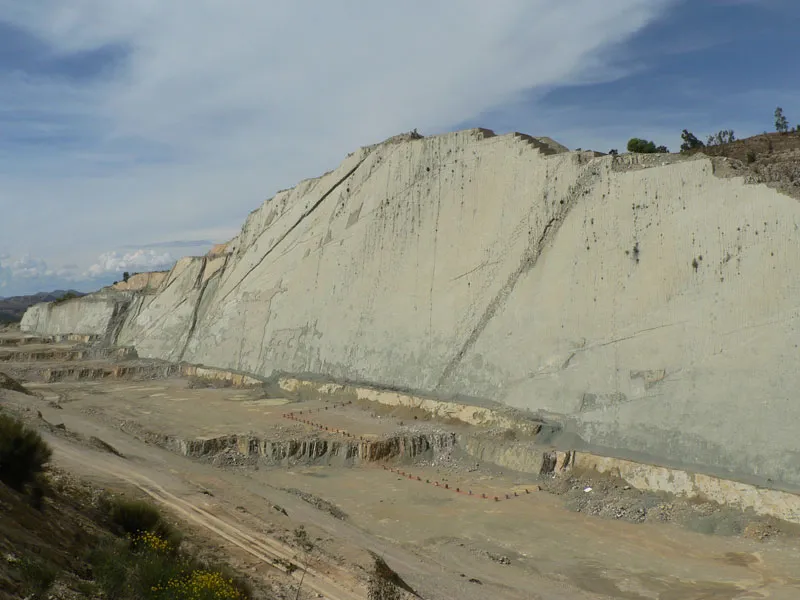
Cal Orko: A Paleontologist’s Dream… Inside a Quarry
Believe it or not, Cal Orko is located entirely within a limestone quarry owned by FANCESA, Bolivia’s National Cement Factory. Situated in the ‘El Molino’ formation, the sight of heavy mining machinery—today’s “land giants”—against the backdrop of 68 million-year-old dinosaur footprints—Earth’s prehistoric “land giants”—creates a fascinating contrast.
Further up the hill is Parque Cretácico. Opened in 2006, this dinosaur museum features 24 life-sized dinosaur replicas, various exhibits, and a viewing platform 150 meters (about 500 ft) from the rock face. From this vantage point, you can truly appreciate the impressive scale of Cal Orko.
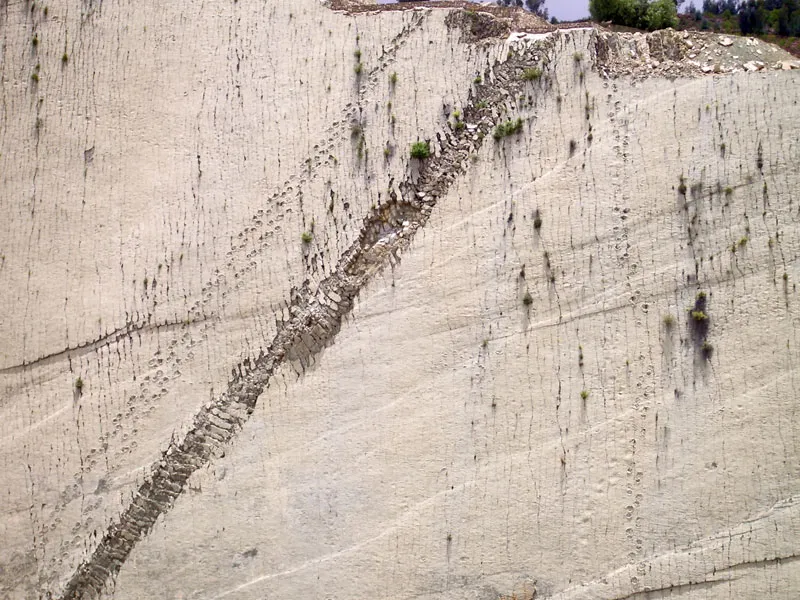

So Dinosaurs Can Climb Walls Now?
Not exactly. We’re looking at something that took 68 million years to form. The footprints at this site were created during the Maastrichtian age of the Cretaceous Period in the Mesozoic Era. As Ian Belcher from The Guardian explains:
“It was the unique climate changes that turned the region into a paleontological treasure. During warm, wet weather, the creatures’ feet sank into the soft shoreline, leaving behind footprints that hardened during later dry spells. When wet weather returned, it covered the prints with mud and sediment. This wet-dry cycle happened seven times, preserving multiple layers of prints. The final touch came when tectonic activity pushed the flat ground up to a perfect viewing angle, as if nature was aware of its potential for tourism.”
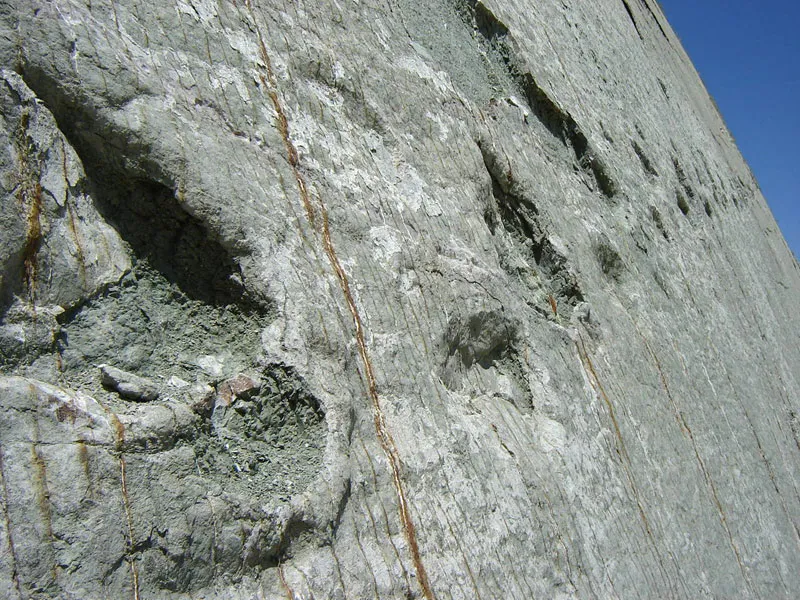
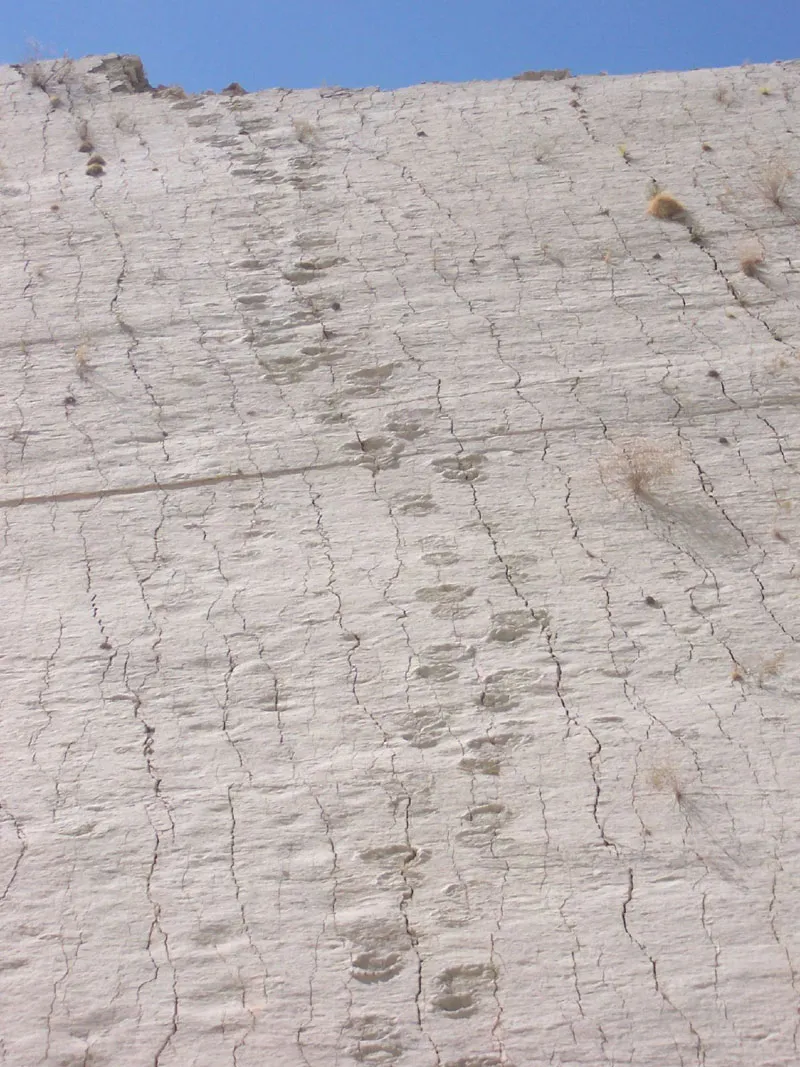
Cal Orko is one of the few places in the world where you can find a large number of footprints from various dinosaurs that lived at the end of the Cretaceous period. The size, geological importance, biodiversity, and social behavior that can be studied here make Cal Orko a unique location.
For instance, there’s the trail of Johnny Walker. This is the path of a baby Tyrannosaurus rex, which stretches 367 meters (about 1200 ft) and can be traced and observed at this site.
